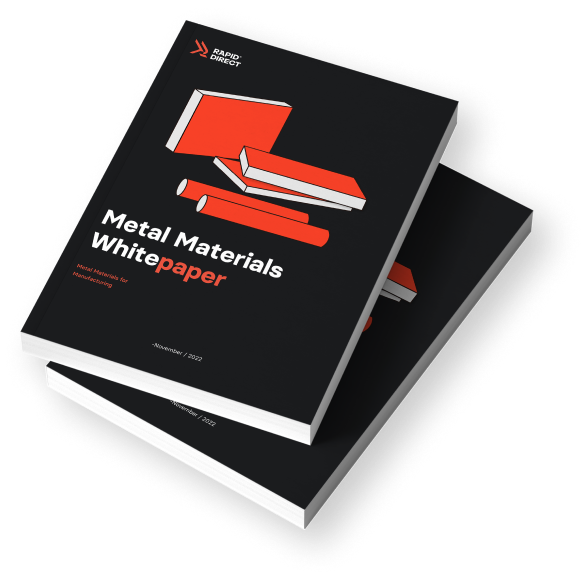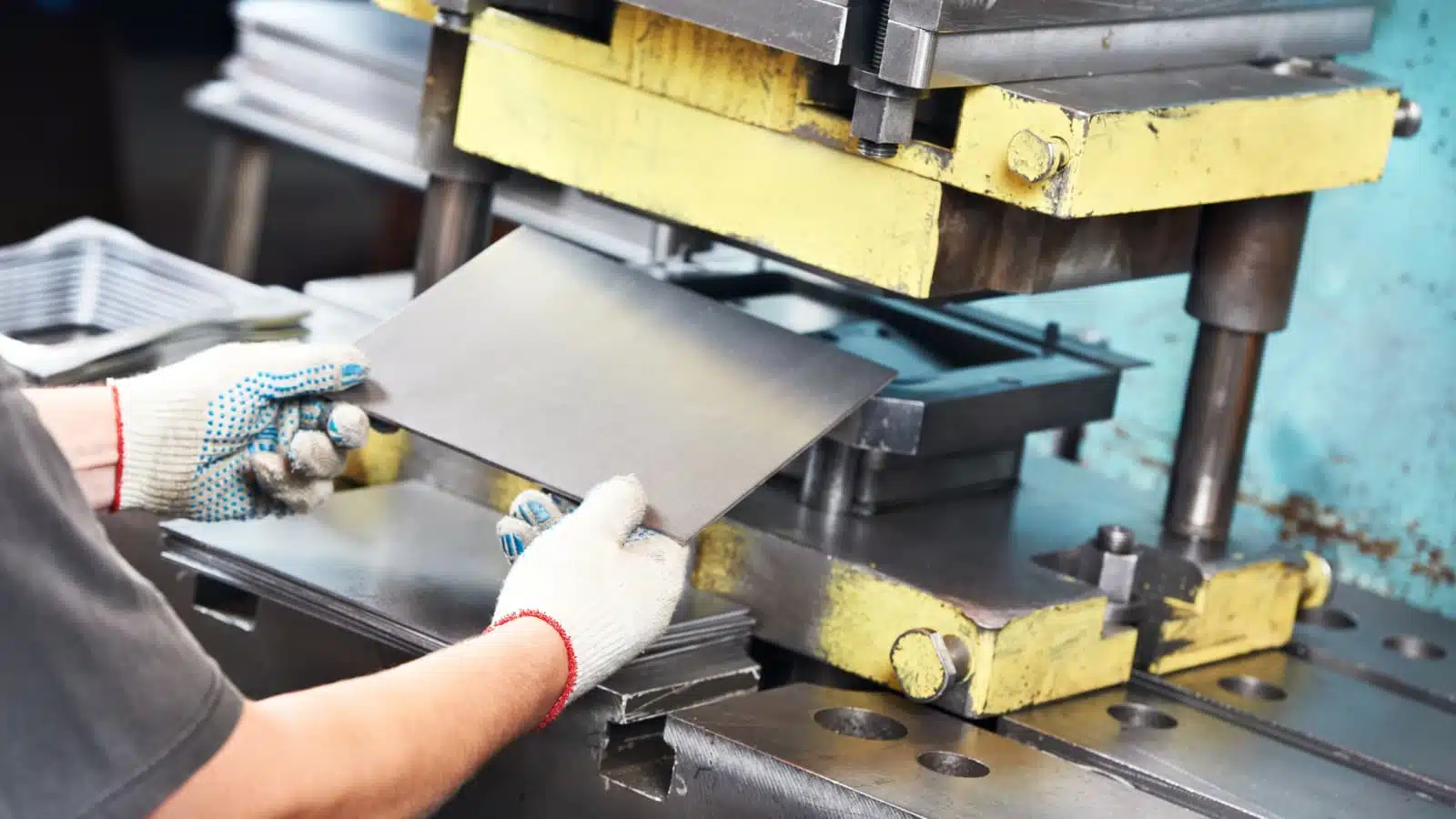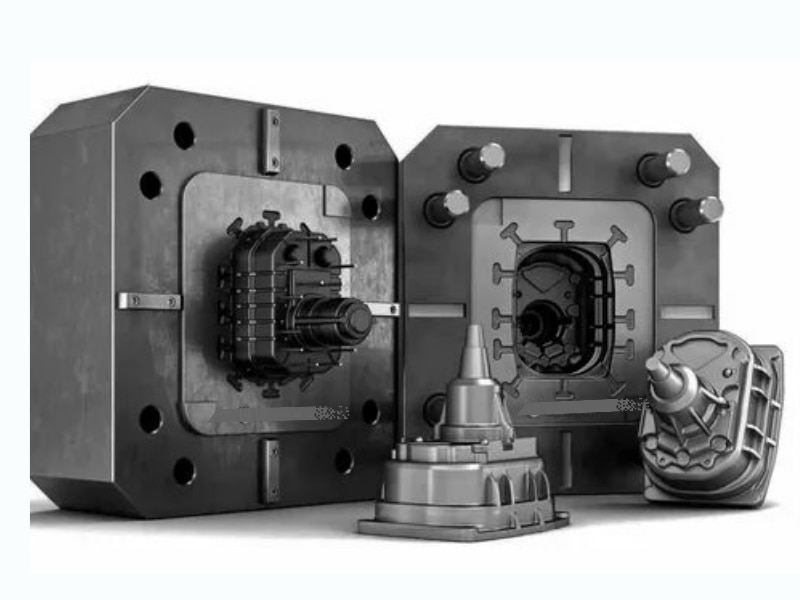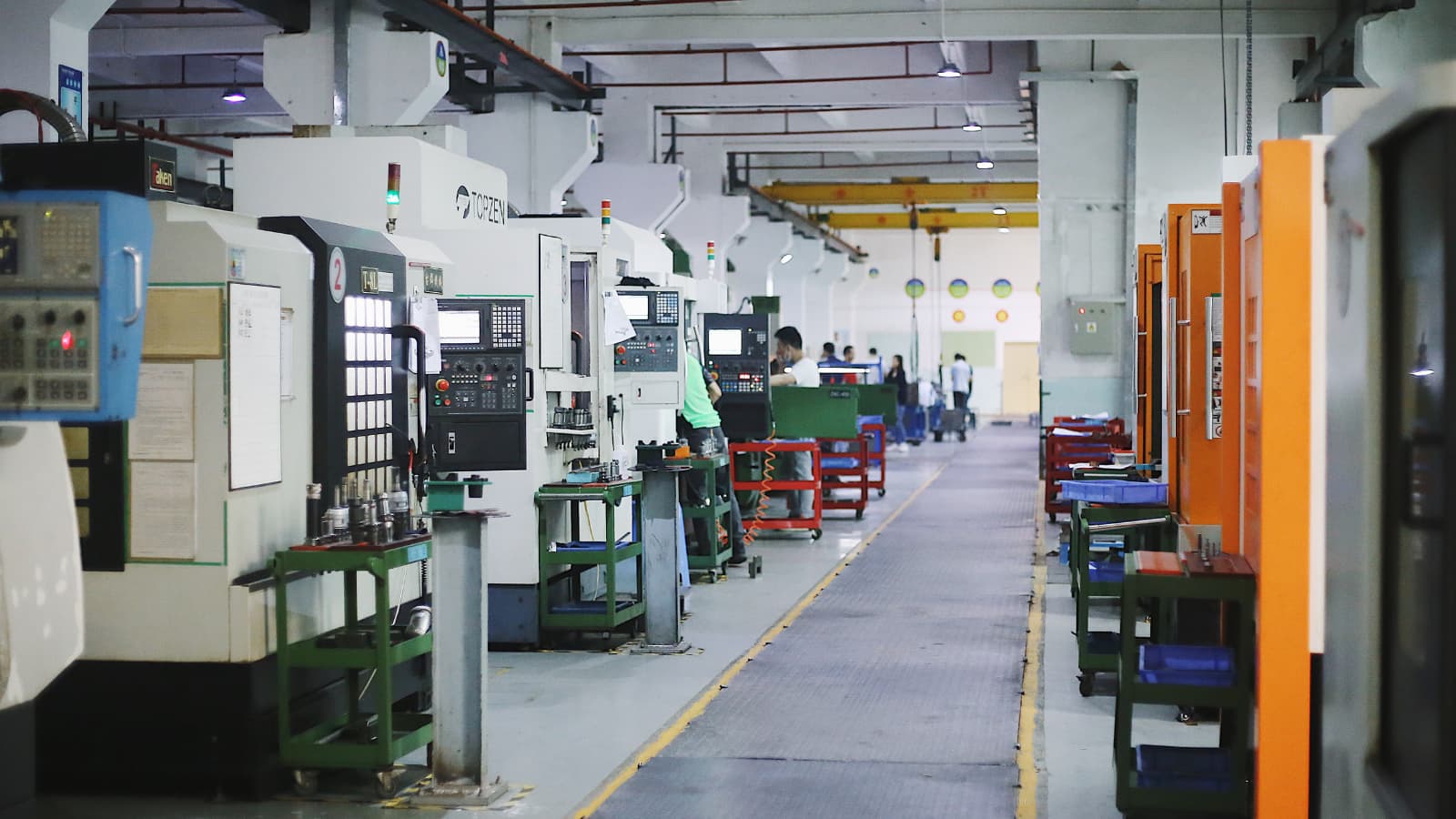Galvanized sheet metal is one of the most commonly used sheet metal types in the manufacturing industry. Many steelmakers and manufacturers will tell you that galvanization offers one of the best protection from corrosion. However, there are several other interesting tidbits that you can learn about this material. Let’s get straight to it!
What is Galvanization?
Galvanization is a manufacturing process involving the application of zinc coating to steel to prevent it from rusting. The zinc coating works to protect the base metal. It does this by acting as a barrier to the various corrosive elements. Therefore, it offers a sacrificial nature that gives a high-quality and long-lasting steel product.
Galvanized sheet metal is one of the most popular types of steel. This is due to its increased strength, extended durability, and formability. The corrosion-resistant property throws its usefulness up a significant notch.
Its versatility ensures that it has a wide variety of applications. There are also many advantages that come with using galvanized steel. Before we go into that, it is important to understand the principle with which galvanization works.
How Does Galvanization Offer Protection of Base Metal?
The basic principle of galvanization is to permanently bind the steel and zinc together to give a more rust-resistant version of the base metal. There are various types of galvanization, each of them having its unique principles.
However, galvanization generally works on the following principles:
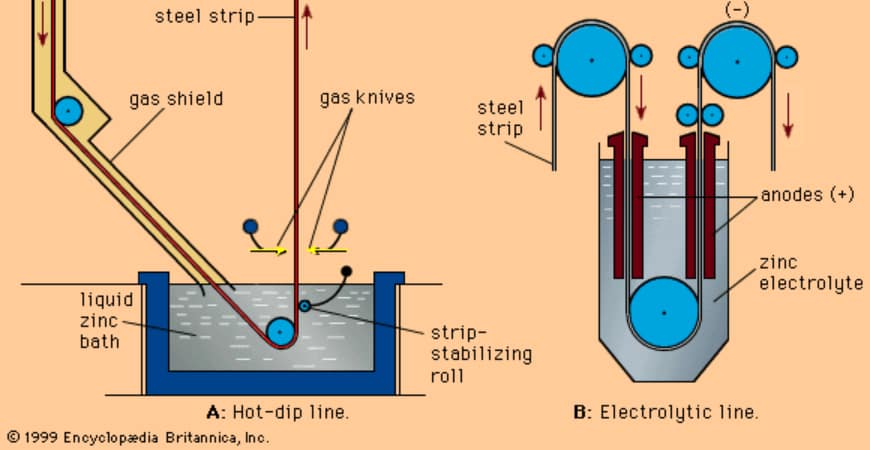
- The zinc coating works to prevent corrosive substances such as acid from reaching the base metal.
- Zinc sacrifices its anode more readily than the base metal when the coating is scratched. Therefore, it offers complete protection from rusting.
- Zinc corrodes faster than the base metal. This activity is a great way of protecting the base metal. Since the aim is to allow zinc rust before the metal for adequate protection, chromate can be added.
However, an effective galvanization process depends greatly on pretreatment and post-treatment. An inefficient pretreatment will not allow the molten zinc to react with the steel for a perfect galvanized film fully. Furthermore, an inefficient post-treatment process will compromise the appearance of the galvanized film. Thus, leading to a reduced value of components.
Types of Galvanizations
There is a wide variety of galvanization types for corrosion protection. Each of these types has its unique performance and characteristics. Following is a brief description of the various types of galvanizations.
Hot-Dip Galvanization
Hot-dip galvanization is the most widely used method of galvanization. Just as its name suggests, it involves the dipping of the steel in molten zinc. The pool of molten zinc often maintains a temperature of about 860°F (460 °C). After proper cleaning of the base metal chemically, it gets fluxed to eliminate residual oxides.
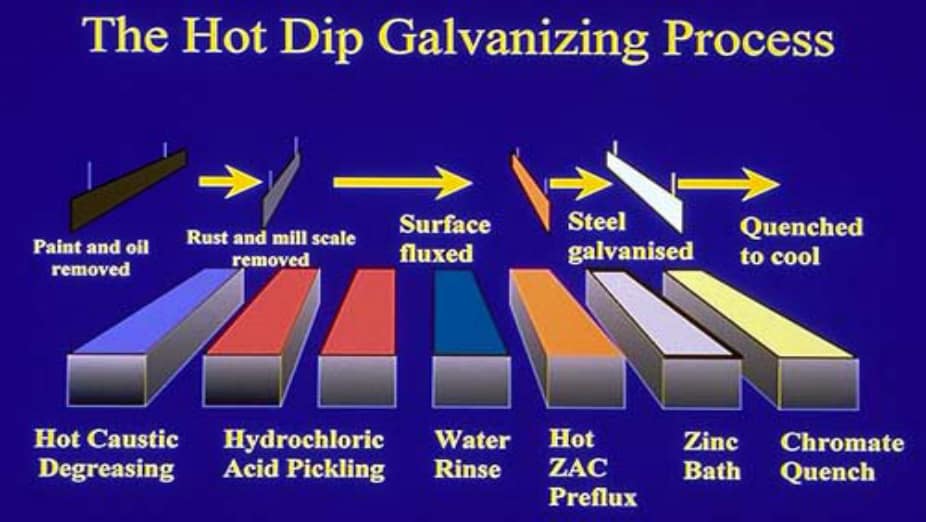
A metallurgical bond begins to form between the zinc and the intended metal. After pulling the metal from the bath, the pure zinc mixes with oxygen from the atmosphere to form zinc oxide. Then, the zinc oxide reacts with carbon dioxide to form zinc carbonate. The zinc carbonate makes the final coating on the base metal. Usually, you’ll find a crystalline-like pattern on the surface of galvanized metal made by this method. It is a simple and economical choice.
Electro Galvanization
Unlike the hot-dip method, this type does not use a molten zinc bath. Rather, it uses an electrical current in an electrolyte solution to transfer the zinc ions into the metal.
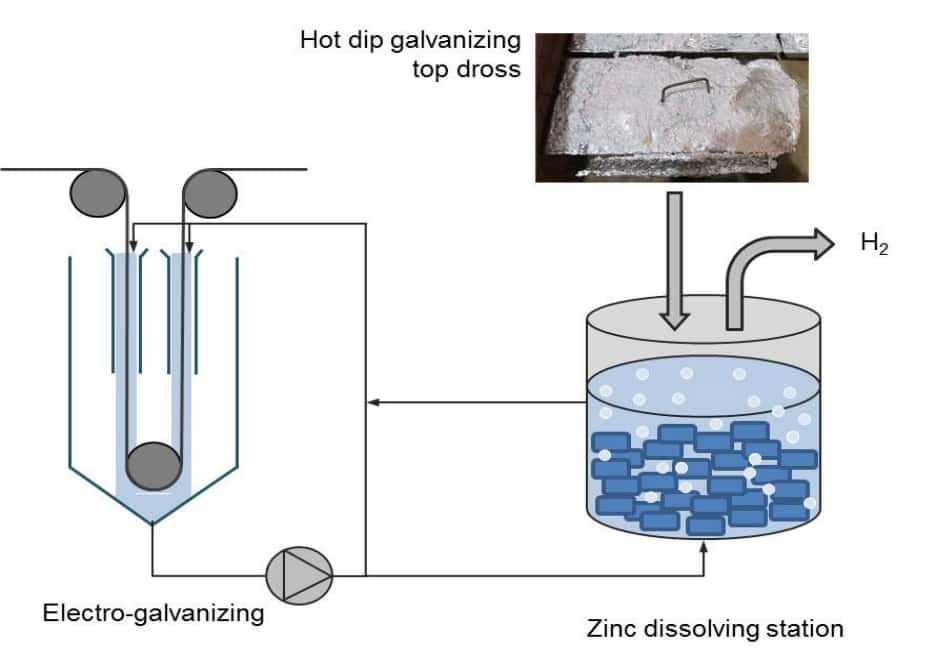
The positively charged zinc ions are reduced electrically and deposited on the charged material. It offers the benefit of precise and uniform coating thickness.
Galvannealing
Galvannealing combines the hot-dip galvanization process with the annealing process. This method produces galvanized steel with some specialized coating.
The hot dipping and annealing occur instantaneously. Therefore, you look forward to producing a matte gray finish. This method produces galvanized sheet metal that is can withstand welding and conducive to paint adhesion.
Pre-Galvanization
This method is quite similar to hot-dip galvanizing. However, it gets performed at a steel mill on materials with specific shapes. It involves rolling the metal sheet through a cleaning agent. This helps it to prime the material for galvanization quickly.
The metalworker passes the base metal through a pool of molten zinc, after which recoiling takes place. It enables the rapid galvanization of coils of steel on a large scale.
Uses and Applications of Galvanized Sheet Metal
There are countless applications of galvanized sheet metal, helping to make components of both large and small machines. When it comes to sheet metal work, galvanized steel helps in manufacturing components that can withstand harsh conditions.
These components tend to remain true to their quality, regardless of the level of strain they go through. Some of the most common applications of galvanized sheet metal are in:
Automotive Industry
The use of galvanized steel on vehicles dates many years back. Using zinc-coated bodies on automobiles has become the norm of car manufacturing. The rust-resistant nature of this material makes it a great marketing tool in the competitive market. Several makers leverage them to offer anti-rust warranties to their customers.
Telecommunication Industry
Maintaining phone lines isn’t an easy job. They require the toughest and most reliable materials for success. Galvanized sheet metal offers its use on phone wiring and equipment boxes. Therefore, there will be decreased danger of injury and reduced maintenance costs.
Electric Equipment and Appliances
When you look at most electric appliances around you, you may be able to notice the unique features of their casing. Most casings for electrical equipment use galvanized steel material. In fact, it is not surprising that some interior parts of these appliances are made from this steel material.
Building and Construction Industry
The sturdiness and durability that galvanized sheet metal offers make it popular in the construction industry. It has been employed in various commercial and residential projects to the highest level.
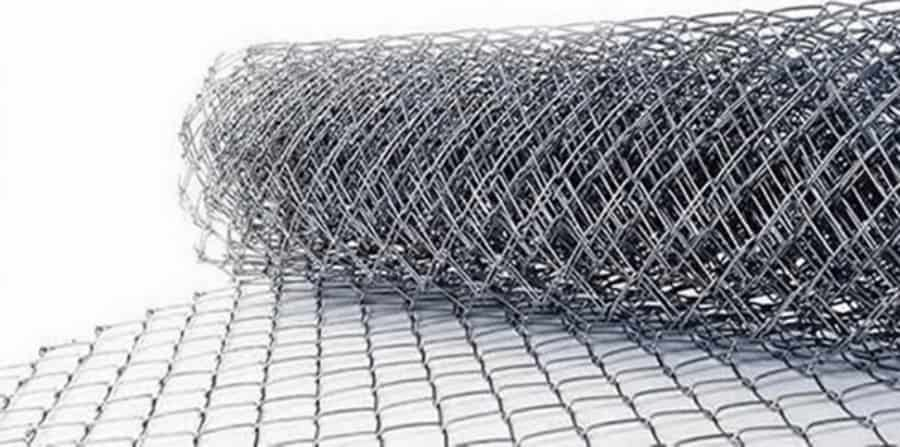
The kind of ‘shine’ provided by this material also makes it a great choice for aesthetics. Therefore, it provides constructors with modern architectural designs. It is an excellent material for both large structural pieces and smaller construction works.
Benefits of Galvanized Sheet Metal
Overall, galvanized sheet metal offers a corrosion-resistant value. It is very tough and long-lived, making it suitable for a wide range of applications.
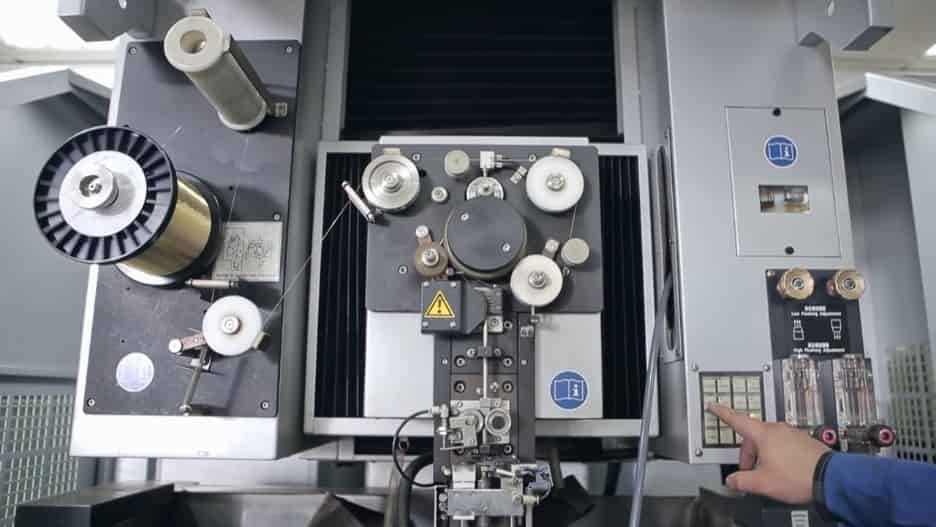
There have been several debates on galvanized steel vs stainless steel. However, both metal materials come with their unique advantages. Some of the benefits of galvanized sheet metal include the following:
1. Durable
The galvanized coating offers one of the most durable corrosion protection in the industry. With an average zinc coating of 85 microns, you can protect your steel structure for the good part of a century. This coating thickness also meets the required corrosion performance in various applications in the world today.
2. Reliable Coating
The coating formed on the steel is consistent and specified. All thanks to the relatively closely controlled galvanization process. Galvanized steel offers the most reliable protection from corrosion for several reasons. First, the natural metallurgical reaction makes the process replicable. Unlike paint coatings, the bond formed through galvanization forms a part of the steel itself. The resultant galvanized coating offers due protection to the steel for a long time.
3. Cost-Effective
When considering the true cost of steel protection, some factors are put into consideration. Two of the major factors include the initial cost and the lifetime cost of protection. Galvanization offers a high-performance coating such that you won’t need to paint your steel for a very long time. While galvanization costs remain constant, we have seen an increase in painting costs over the years. The initial cost of galvanized sheet metal is often low, and the steel is ready to use immediately after delivery.
4. Fast Turnaround
With the right company, you can get steel galvanized within a very short period. The steel galvanization process is not time-consuming. Once the prepared steelwork is ready, the job should be done within 24 hours. Although the preparation must be thorough, it need not take too much time. The process itself is straightforward and relatively immediate. Processing of orders at the galvanizing plat may push the turnaround to about three days.
5. Complete Coverage
The bond formed between steel and steel during galvanization is very strong. This coating usually lasts for generations. Alongside the increased strength of the steel material, there is also superior coverage.
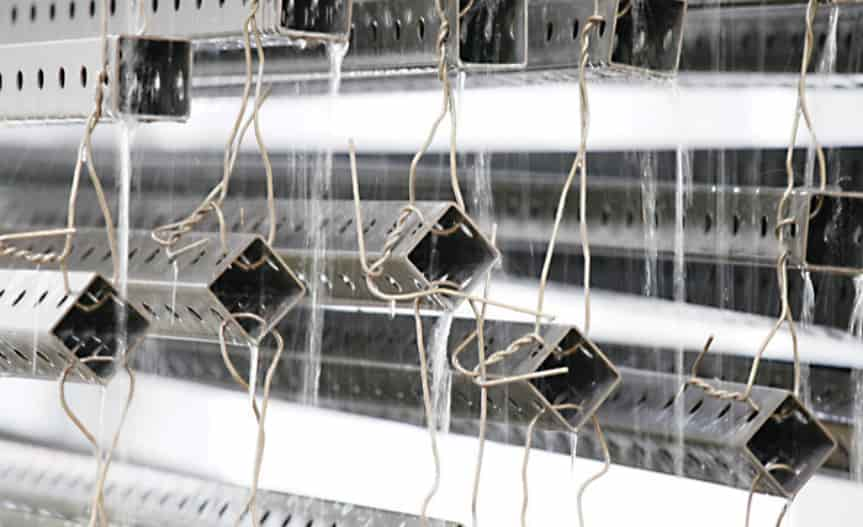
This ensures that the structures of the galvanized sheet metal remain protected, even when they are most vulnerable.
Common Questions on Galvanized Steel
Asides from the usual question of does galvanized steel rust; many others require clarification. Some of them are:
Can You Paint Galvanized Steel?
Usually, paints do not adhere the best on galvanized sheet metal. The layer of zinc often rejects paint. However, you can paint galvanized sheet metal with the right tools and method.
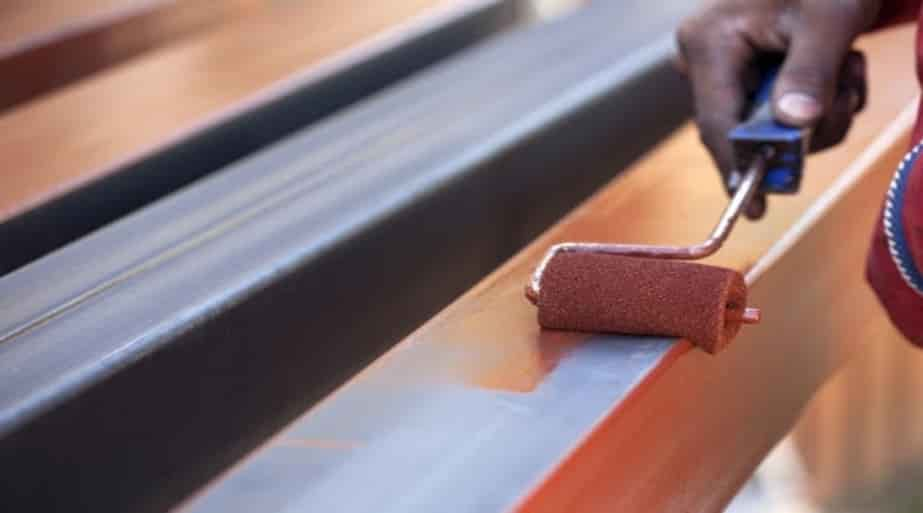
First, you must remove every dirt buildup in the steel. Then, wiping the galvanized surface with white vinegar will help to promote paint adhesion.
Can You Weld Galvanized Steel?
Yes. Welding galvanized steel is a valuable technique in sheet metal fabrication technique. Having the best understanding of the welding process will give a satisfactory output.
This helps to make galvanized sheet metal gratings or wire cloths.
Conclusion
There you have it! Galvanized sheet metal offers a wide range of benefits, ranging from corrosion resistance to durability. It is also applicable in several industries for an extensive array of applications. When you need sheet metal material with one of the best rust protection, you should go for galvanized sheet metal.
At RapidDirect, we offer on-demand and cost-effective sheet metal prototyping services. We deliver the best for both high-volume productions and low-volume prototypes. Get an instant quotation just by uploading your design file and specifying requirements. We also provide free professional DfM analysis, depending on what you want. Timely delivery and outstanding manufacturing capabilities are our strong points. You will get all of these at competitive rates.
